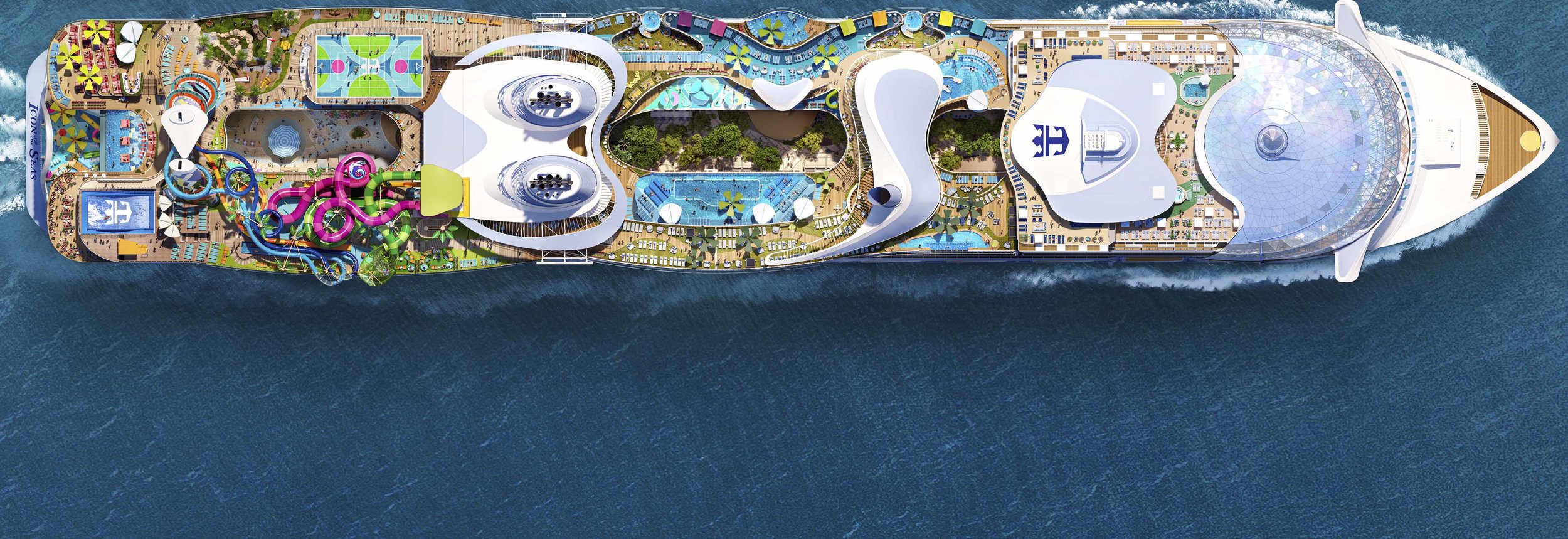It’s shortly after fourteen hundred hours on the 5th of March 2022. Captain Knowledge Bengu, Master of the SA Agulhas II, is asleep in his cabin. He’s tired. It’s been a month at sea and he’s just off a six-hour watch. But still Captain Frederick Lighthelm, the ice pilot on duty in the bridge, calls down and disturbs his sleep.
“Captain Bengu,” he says. “We have found the Endurance.”
The Weddell Sea off Antarctica is a long way from the township of Umlazi outside Durban. 3500 nautical miles, give or take, and a remarkable 20-year journey for Captain Bengu.
As Master of South Africa’s state-of-the-art polar research vessel, Bengu was part of the team that this year made history in locating the wreck of the Endurance, the ship made famous by Ernest Shackleton’s ill-fated crossing of Antarctica in 1914. That voyage, and subsequent rescue, has become part of polar folklore, and perhaps the most celebrated failure of 20th-century exploration.
“It has been there for 107 years. It’s going to live many hundreds more. And Knowledge Bengu, from Umlazi township, was part of this history. I couldn’t believe it,” says Bengu with a broad smile.
We’re seated in the officer’s lounge aboard the SA Agulhas II, tied up hard at the East Pier in Cape Town harbour. It’s the last days of a long stretch aboard, and he’s looking forward to the months of leave due to him. At home in Durban his wife and four girls – the youngest only nine years old – are just as excited to see him.
And yet Bengu might never have found a life on the wave. Born in Umlazi in 1980, the son and grandson of teachers, he initially planned a career in medicine.
“I’ve always aimed high in life, but when I was growing up a career at sea wasn’t really a territory for black people. So my dreams were limited to what I could become.”
But by the late-1990s, when Bengu was finishing up at high school, times had changed. Inspired by a neighbour’s tales of life at sea, he enrolled for a course in Maritime Studies at Natal Technikon, today’s Durban University of Technology. At the end of 2001 African Marine Solutions (Amsol) began recruiting in Durban, and soon after he landed his first cadetship.
“I was hungry. I wanted sea miles and pushed myself, and people could see that. My hand was always up. When they needed crew, I was there,” says Bengu.
His first cadetship was aboard the Algoa, a fisheries research vessel, before a string of postings abroad ticked off the world’s largest ports. Singapore. Rotterdam. Newcastle, Corpus Christi. But it was a chance posting aboard the SA Agulhas in 2003, that set Bengu on his path to becoming the first black African ice pilot.
“It was my first trip to Antarctica, and the skills required to navigate through ice, the alertness, really caught my attention,” says Bengu. “I’d sailed to so many places by then, but this was unique. I thought then that being an ice pilot would become my speciality. If I just show the commitment, the interest, people will notice”
And it’s no easy feat becoming an ice pilot. Aside from logging the requisite hours below the 60th parallel south, “you have to have your Master Mariner certificate, as well as additional formal training,” says Bengu, who attended ice navigation training in the United Kingdom and Chile.
In 2012, Bengu received his Master Mariner certificate of competence and stepped aboard the SA Agulhas II as First Mate. The next year, opportunity to move up the ranks came knocking.
It was March 2013 and Bengu was on leave after a long trip to Antarctica, when the SA Agulhas II was summoned for an urgent medical evacuation from Marion Island, 2200-kilomtres south-east of Cape Town. Captain David Hall was in command of the ship, but saw the last-minute run as a chance for Bengu to show his mettle.
“He told me ‘I’m here, but I’m not here. You will run the ship and I’ll observe’,” remembers Bengu with a smile. “When we came back he told them that if I’m not promoted they mustn’t call him again.”
Since then Bengu has spent time in command of everything from fisheries research vessels to large tugs, but it’s the SA Agulhas II that is his favourite posting.
“It is the envy of seafarers worldwide,” says Bengu
And it’s certainly a remarkable vessel, custom-built in a Finnish shipyard to operate as passenger ship, fuel tanker, helicopter platform and container ship. All while being strengthened for breaking through pack ice up to a metre thick.
It was the relentless pack ice of the Weddell Sea that finally crushed the Endurance back in 1915, and Bengu is certainly no stranger to the Shackleton mythology.
He’s worked countless voyages for the South African National Antarctic Programme, and first visited Shackleton’s grave on the island of South Georgia as a cadet in 2004. On board, paintings of famous polar vessels – including the Endurance – adorn the central companionway.
“It’s a story that I’ve always known, but never did I imagine that I would be fortunate enough to be part of the expedition that would locate the wreck of Endurance,” says Bengu.
But it didn’t all go entirely according to plan
The Endurance22 expedition was organised and funded by The Falklands Maritime Heritage Trust, which had chartered the SA Agulhas II for just over a month. While the vessel is owned by the South African Department of Forestry, Fisheries and the Environment (DFFE), it is managed on their behalf by marine services company AMSOL. The team had until 28 February, with the option of a 10-day extension, to search a vast section of the Weddell Sea for the wreck.
By month-end, there was still no sign of Endurance, and the search window was extended, as long as Bengu gave the OK. Each day, watching the weather and the ice, he had to make the tough call as to whether the ship could afford to remain on the search.
Four days into March, the mood on board was tense.
“I could feel the dream of finding the Endurance fading away,” recalls Bengu. “We were only left with the edges of the search block. Almost 90 percent of the search area had been covered; only the areas where you’d least expect to find it were left. But then, there it was!”
With the discovery of Endurance confirmed, expedition leader Dr. John Shears and Marine Archaeologist Mensun Bound asked Bengu to inform the crew. Pressing the green ‘All Areas’ button he raised the microphone.
“Good afternoon, this is the captain speaking. Brace yourself for some wonderful news. We have finally found the Endurance. Thank you for your support. We couldn’t have done this without each and every one of you.”
Cheers and shouting echoed down the gangways of the ship.
“That was my proudest moment,” says Bengu
Later Donald Lamont, Chairman of The Falklands Maritime Heritage Trust, would hail “the remarkable S.A. Agulhas II with its outstanding Master and crew” as integral to the expedition’s success. It’s a career highlight that will surely be hard to beat anytime soon, but Bengu also hopes it will shines a light on South Africa’s marine economy.
“I’m proud to have been a part of displaying what South Africa has to offer in the maritime sector,” says Bengu. “This was a moment for the SA Agulhas II, AMSOL and South Africa, and I hope this helps to get more South African seafarers employed worldwide.”
But this month Bengu will also be looking forward to some well-deserved time off.
“When I’m on the ship my family understands that I’m at work. But when I walk down that gangway and hand over command, that’s me done,” says Bengu. “When I go on leave I get to offer my family quality time, and make up for when I’m at sea. It’s a comfortable compromise.”
It won’t be for long though. In a few months, Bengu will be back in command and sailing out of Cape Town harbour. On the way to the bridge, he’ll surely tip his hat to the painting of the Endurance, and remember those unforgettable days in the frozen south.
First published in the Financial Mail.

















